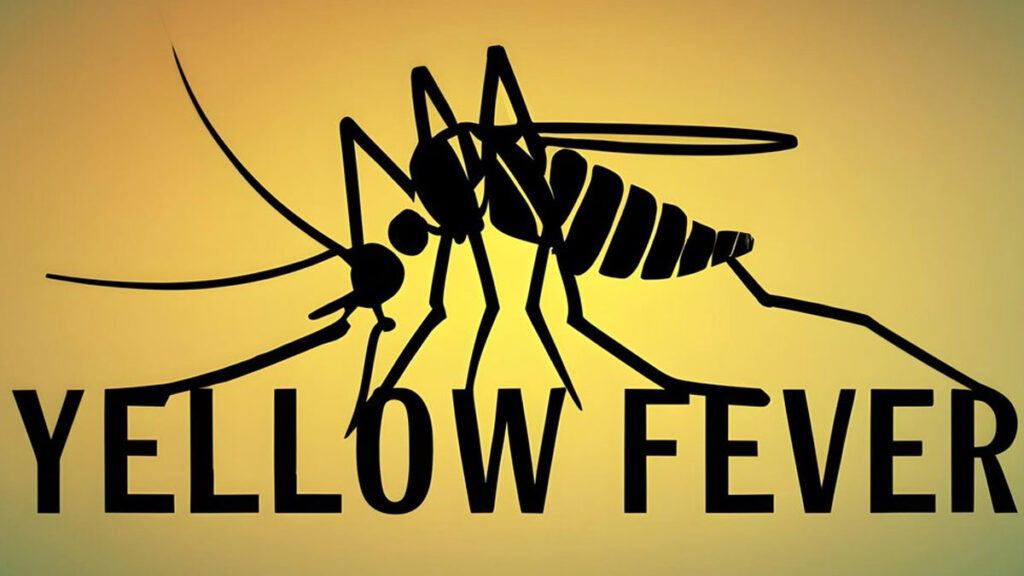Tetanus is a serious bacterial infection caused by Clostridium tetani, a spore-forming bacterium commonly found in soil, dust, and animal feces. Here are some key points about tetanus:
Transmission
- Entry: The bacteria typically enter the body through wounds, especially deep puncture wounds, cuts, or burns. They thrive in low-oxygen environments.
- Not Contagious: Tetanus is not transmitted from person to person.
Symptoms
- Initial Symptoms: Muscle stiffness and spasms, particularly in the jaw (lockjaw) and neck.
- Progression: As the disease advances, spasms can occur throughout the body, leading to severe muscle contractions and pain.
- Other Signs: Fever, sweating, rapid heart rate, and difficulty swallowing.
Incubation Period
- Symptoms usually appear 7 to 10 days after infection, but they can develop as early as 3 days or as late as several weeks.
Complications
- Tetanus can lead to severe complications, such as respiratory failure, fractures due to muscle spasms, and autonomic instability. It can be life-threatening without treatment.
Prevention
- Vaccination: The tetanus vaccine (often given in combination with diphtheria and pertussis vaccines, known as DTaP or Tdap) is the most effective prevention method. Booster shots are recommended every 10 years.
- Wound Care: Proper cleaning and care of wounds can help prevent infection.
Treatment
- Medical Attention: Immediate medical care is crucial. Treatment may include:
- Antitoxin to neutralize the toxin.
- Antibiotics to combat the bacteria.
- Muscle relaxants and supportive care for symptoms.
Prognosis
- With timely treatment, many people recover, but severe cases can lead to long-term complications or death.
Symptoms:
Prevention: read more



